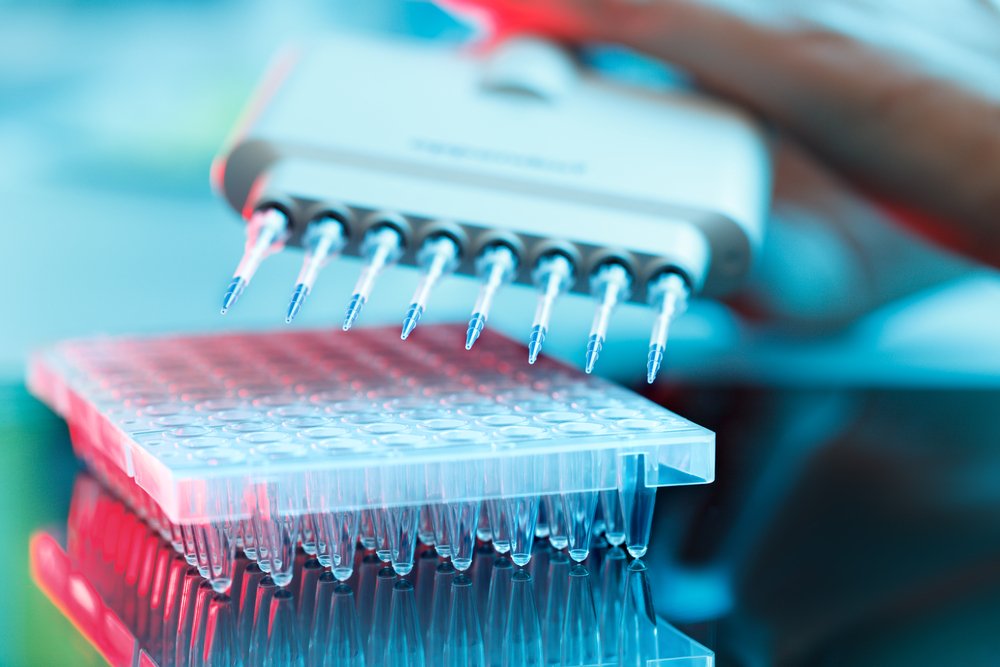Fibrocell Reports Positive Results of Phase 1/2 Trial of FCX-007 Gene Therapy for RDEB
Written by |

Fibrocell Science recently reported positive interim results from its Phase 1/2 clinical trial testing FCX-007 for the treatment of recessive dystrophic epidermolysis bullosa (RDEB).
FCX-007 is a gene therapy product candidate, developed in collaboration with Intrexon Corporation, for the treatment of RDEB, a congenital and progressive orphan skin disease caused by a deficiency in the gene that codes the protein type VII collagen (COL7). COL7 protein is a major component of anchoring fibrils, factors responsible for binding layers of skin together.
By genetically modifying fibroblasts (the most common cells of connective tissue) to produce functional COL7, FCX-007 offers the potential to address the underlying cause of RDEB by increasing the levels of COL7 protein directly in the affected areas. FCX-007 is administered via injection, thereby avoiding systemic distribution.
Fibrocell started the Phase 1/2 clinical trial (NCT02810951) to evaluate the safety of FCX-007 injections in RDEB patients. Assessments are performed at four, 12, 25 and 52 weeks post-administration of FCX-007.
The trial is also assessing the therapy’s ability to generate COL7 protein and promote the growth of anchoring fibrils. Effectiveness is being assessed by measuring FCX-007’s performance on wound healing.
So far, three adult patients were dosed with a single intradermal injection of FCX-007 directly into the wounds and around their margins, as well as in separate intact skin sites. In these three patients, five wounds were treated.
Preliminary results showed that FCX-007 was well-tolerated through 12 weeks after administration, with no serious adverse events reported.
Furthermore, positive early trends were noted in wound healing. Compared to baseline, all wounds (5 of 5) were more than 75% healed at four weeks post-treatment. At 12 weeks, 80% (4 of 5) of the wounds were more than 70% healed.
At 12 weeks post-treatment with FCX-007, researchers found that no anchoring fibrils could be detected yet, but the levels of COL7 protein had increased compared to baseline.
“I am pleased with the interim data collected for the first three patients in the trial,” Alfred Lane, MD, chief medical adviser of Fibrocell, said in a press release.
“Safety is paramount in any new gene therapy candidate, and the detection of linear COL7 expression at the basement membrane zone is encouraging as it indicates the potential of FCX-007 to produce COL7 in the proper location of the skin structure. We believe increases in dosing and expression will enhance the consistency of effect as we continue clinical analysis and expand the treated patient population,” Lane added.
Based on these interim data, the Data Safety Monitoring Board reviewed the trial and concluded that the safety and potential benefit of FCX-007 had been established. The board, therefore, recommended the continuation of enrollment and dosing in the Phase 1/2 study.
“FCX-007 to date has shown encouraging safety and positive early trends in pharmacology and wound healing with only a single injection session of cells,” said John Maslowski, president and chief executive officer of Fibrocell. “These interim results are a positive step towards our ultimate goal of bringing relief to patients and families suffering from this debilitating disease. In the coming months, we look forward to performing additional dosing and enhancing COL7 expression, and working with the FDA to further advance the program.”
In January 2017, the U.S. Food and Drug Administration (FDA) granted FCX-007 fast track designation as a treatment for dystrophic epidermolysis bullosa, which includes RDEB. The agency had previously granted the therapy orphan drug designation and rare pediatric disease designation as a treatment for RDEB.





